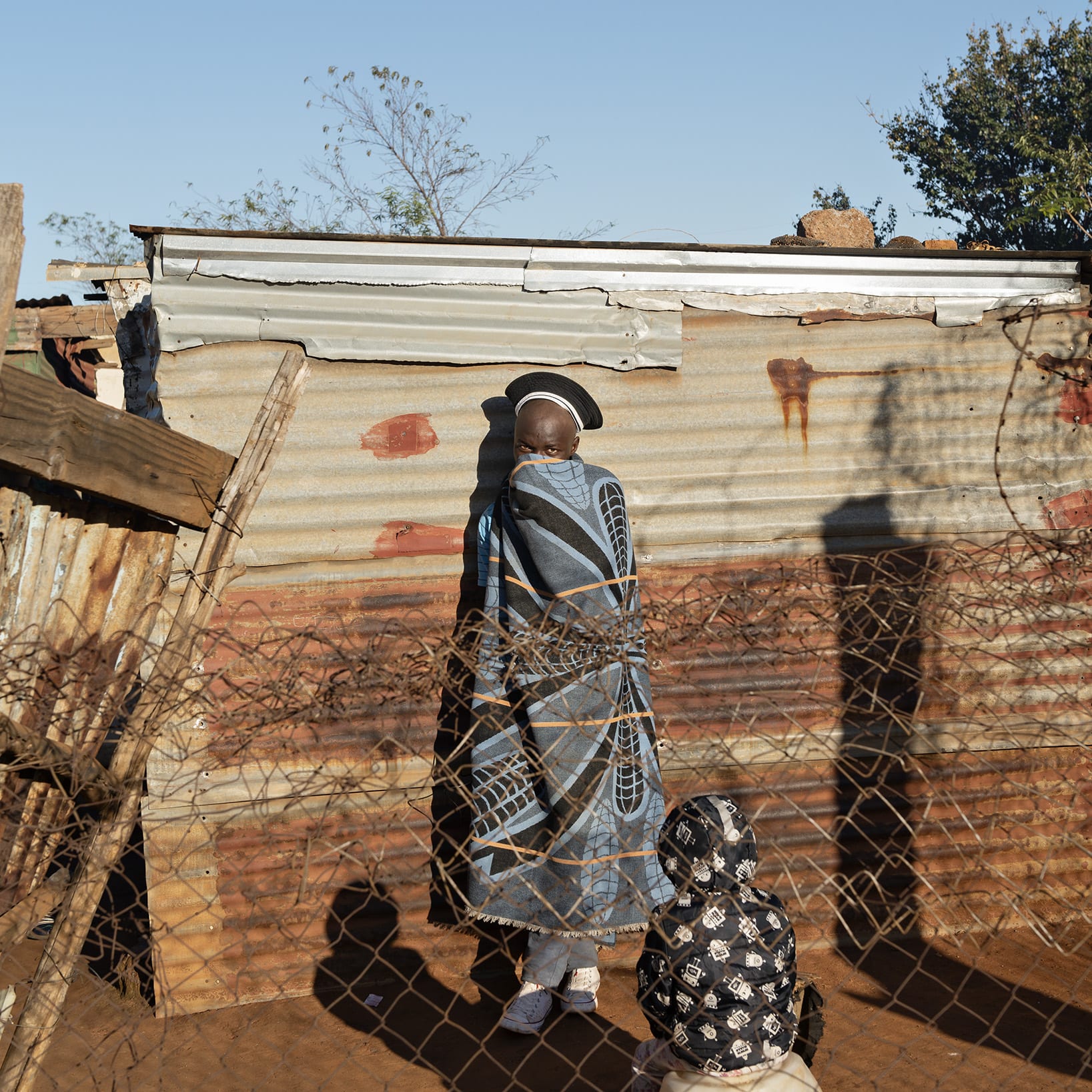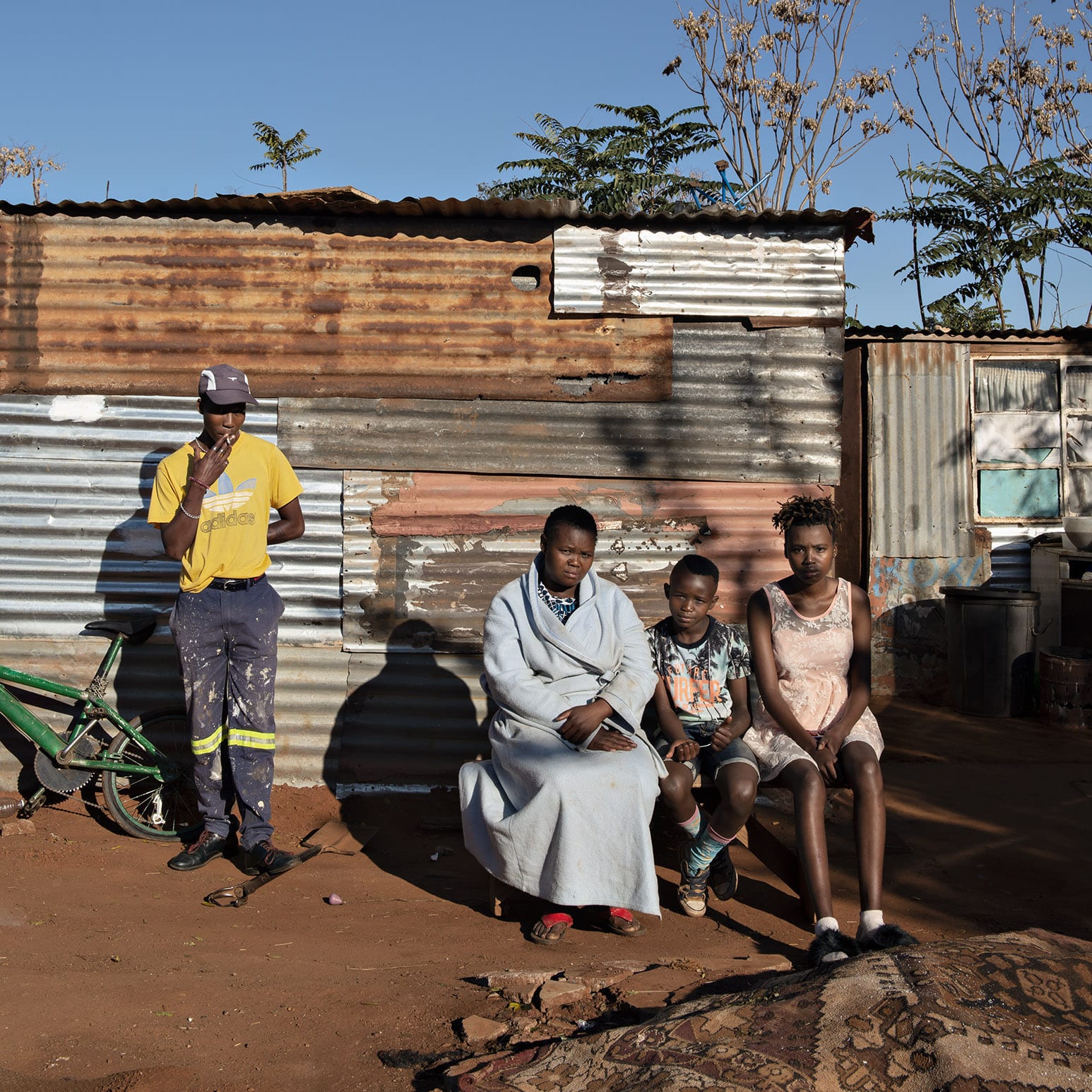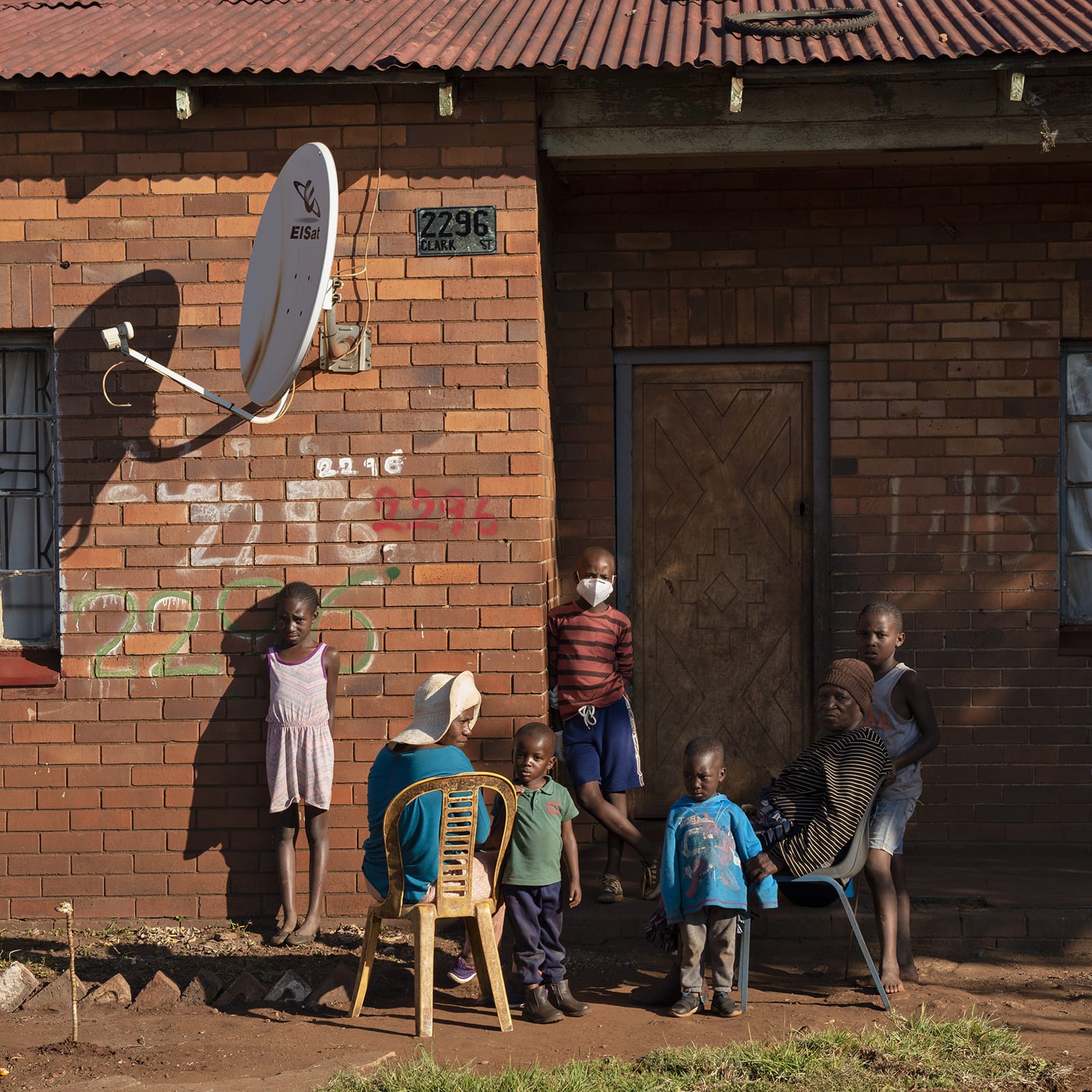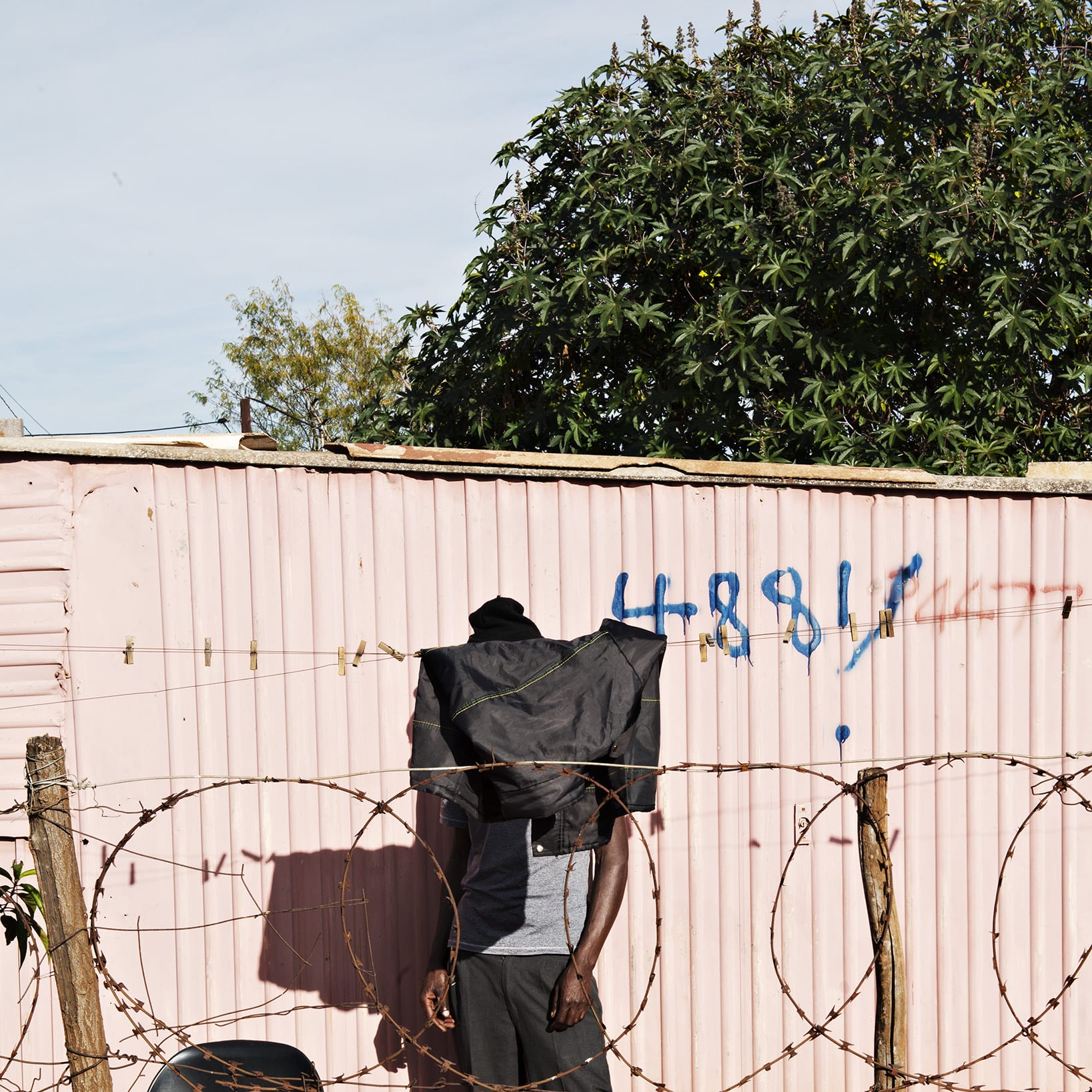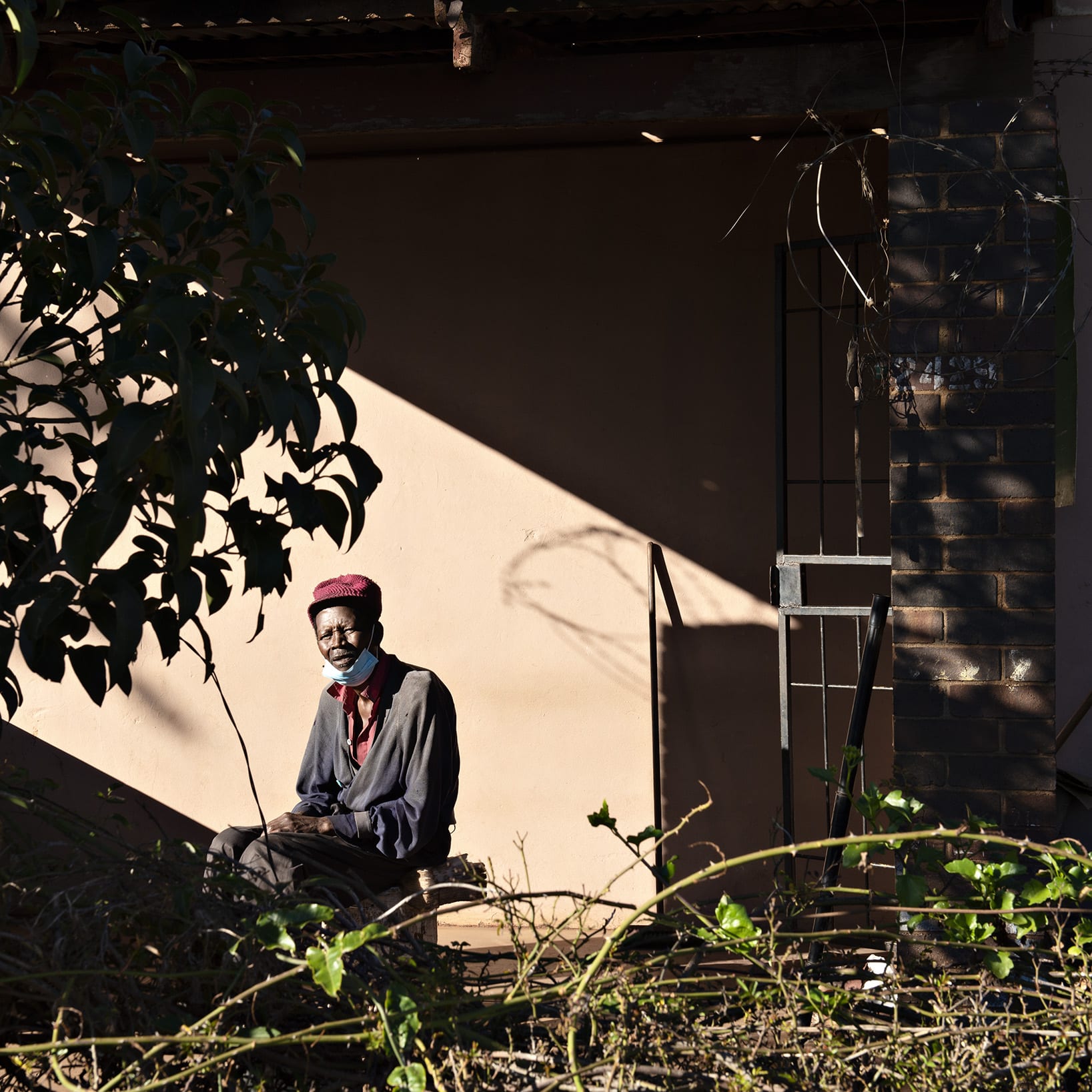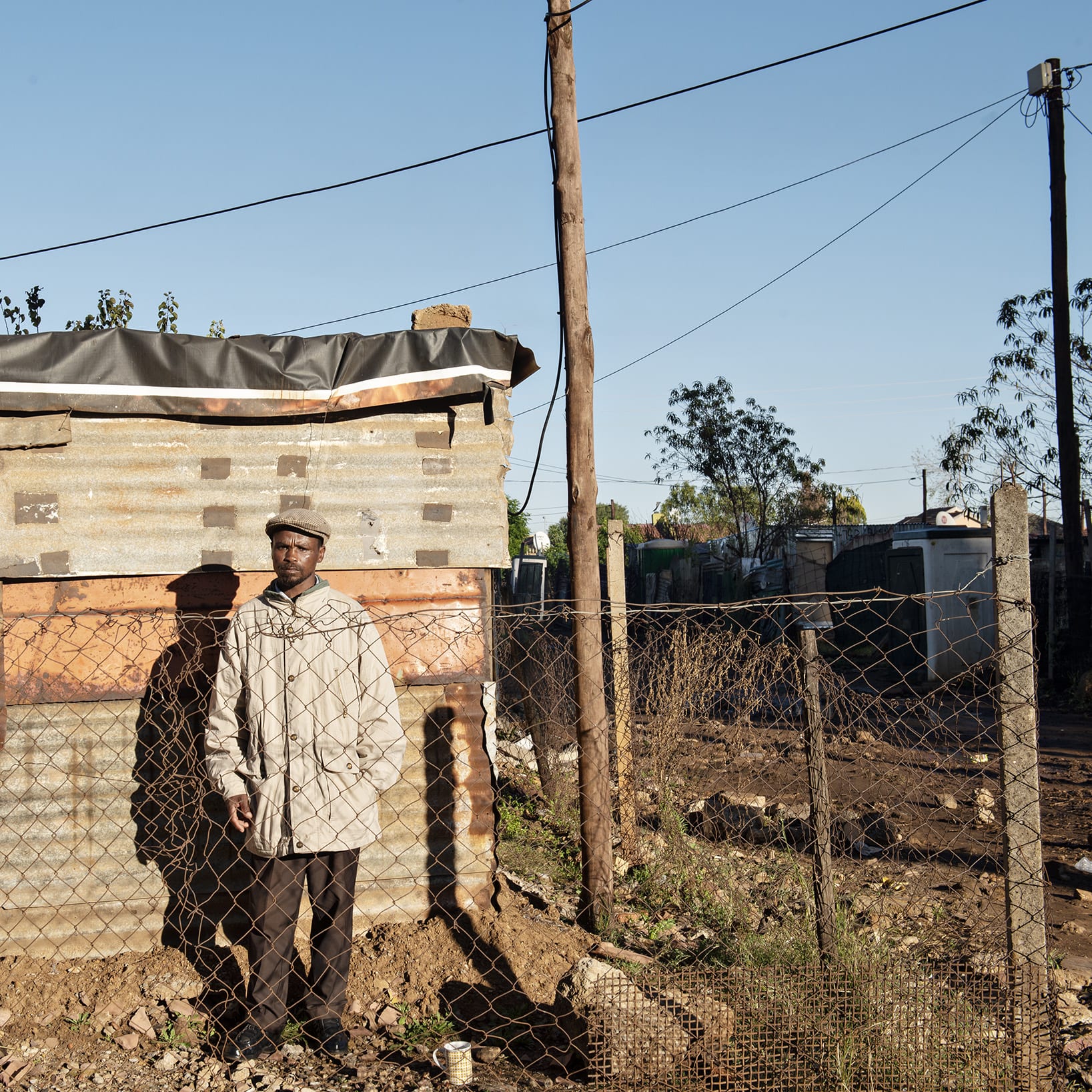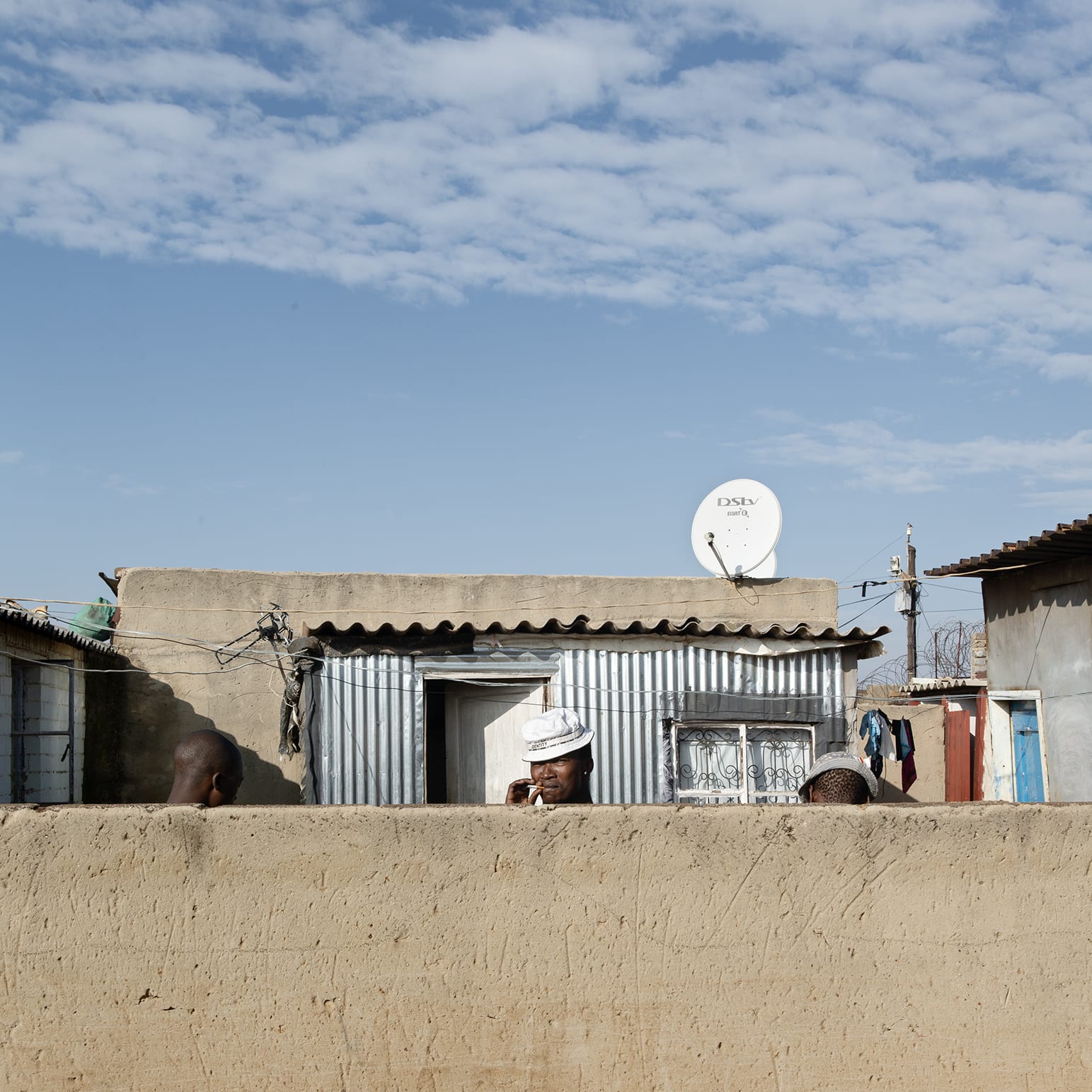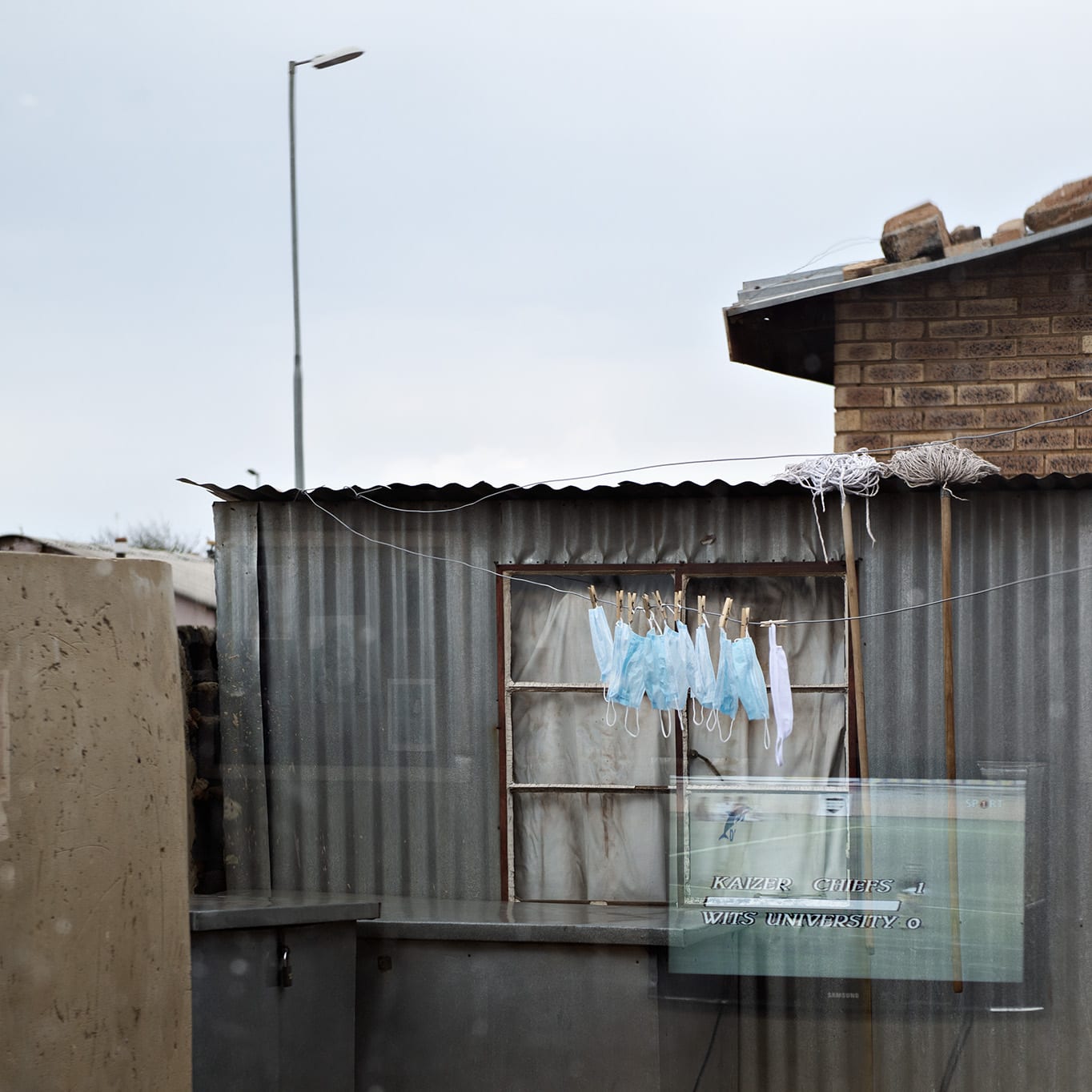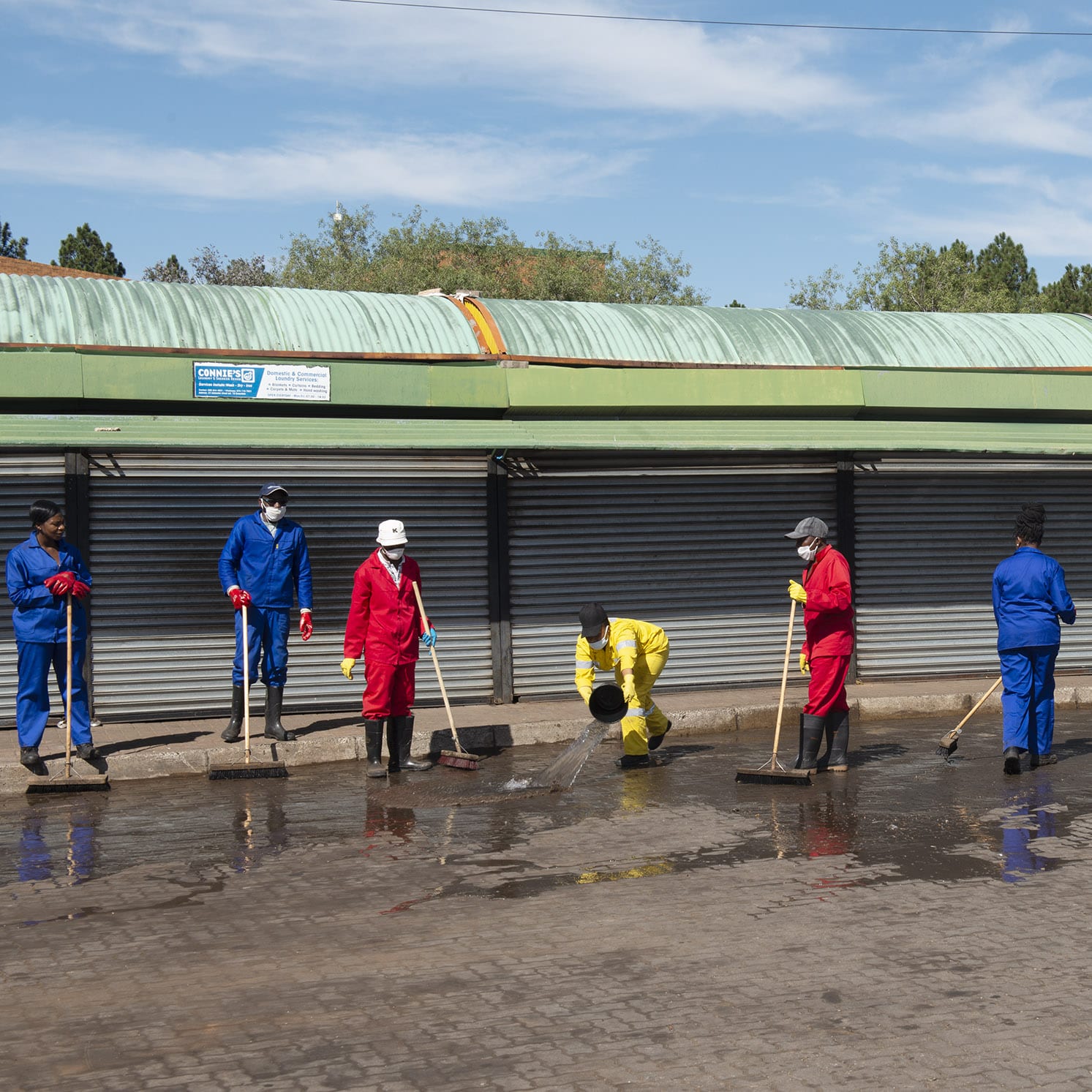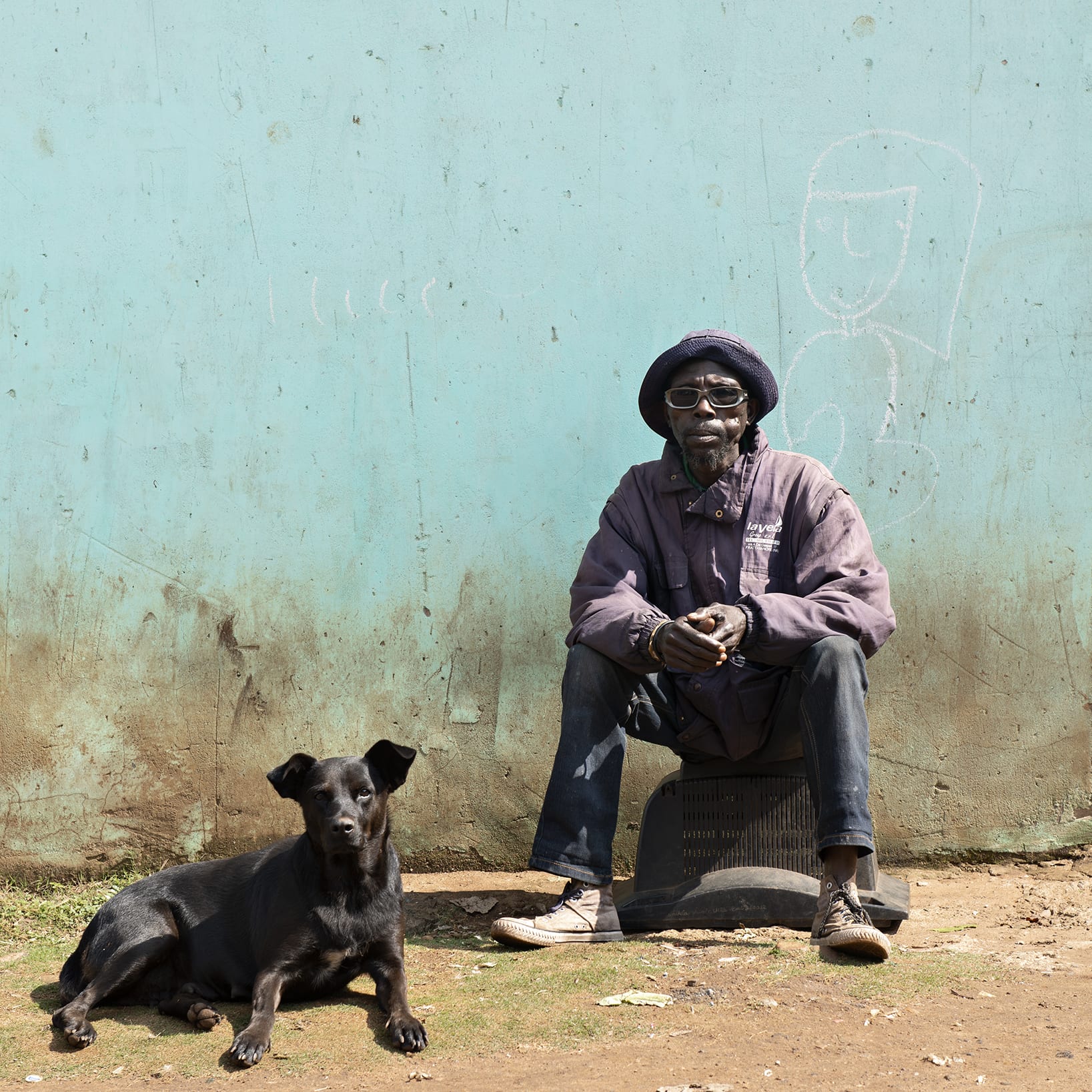Jabulani Dhlamini captures Soweto in lockdown
“I am from Lesotho and work in construction here in South Africa. Now life is very hard because we have already used our savings and I can’t go back home.” Thabang Seboka. Waterworks, Soweto. 2020 © Jabulani Dhlamini and Goodman Gallery London, Johannesburg, Cape Town.
Source:
